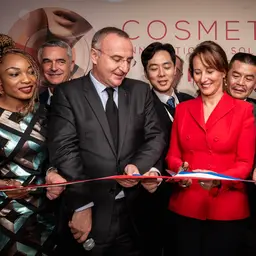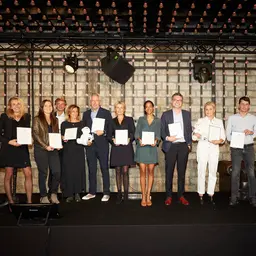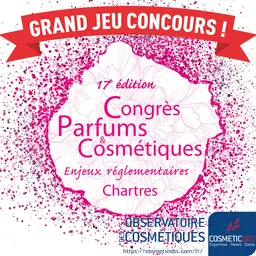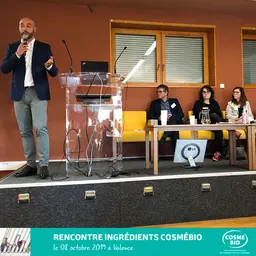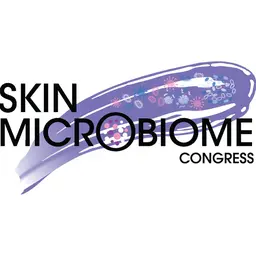
It has existed for nearly 30 years, but current trends and regulatory developments could well give it a new lease of life. During the Regulatory Meeting organised by Cosmed on March 25, 2021, Céline Scheuer, in charge of its governance at the Circular Economy and Waste Department of ADEME, presented the characteristics (and interests) of the European Ecolabel and its Cosmetic Criteria.
Since its creation in 1992 via Regulation 66/2010, the European Ecolabel aims to certify the environmental performance of a product or service via a “Best in class” approach.
“‘Best in class’ means that we are targeting the 10 to 20% best products on the market,” explained Céline Scheuer. “We are really into environmental excellence.”
The principles of the European Ecolabel
This is a voluntary certification process, validated by a third party (in France: Afnor).
The criteria are revised regularly, in consultation with the companies that hold the certification, professional federations, NGOs and consumer associations, in order to keep up with technological and health developments, as well as those of environmental knowledge: “The idea is to have criteria that is as demanding as possible, but at the same time realistic,” commented Céline Scheuer.
The criteria are adopted as European Commission Decisions.
It is the only official Ecolabel complying with the ISO 14024:2018 standard “Environmental labels and declarations — Type I environmental labelling — Principles and procedures” applicable in all EU Member States, which gives it a major advantage as it allows it to be easily identifiable in public and private procurement throughout Europe.
Currently, 22 product groups (including detergents, paints, …



